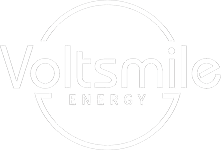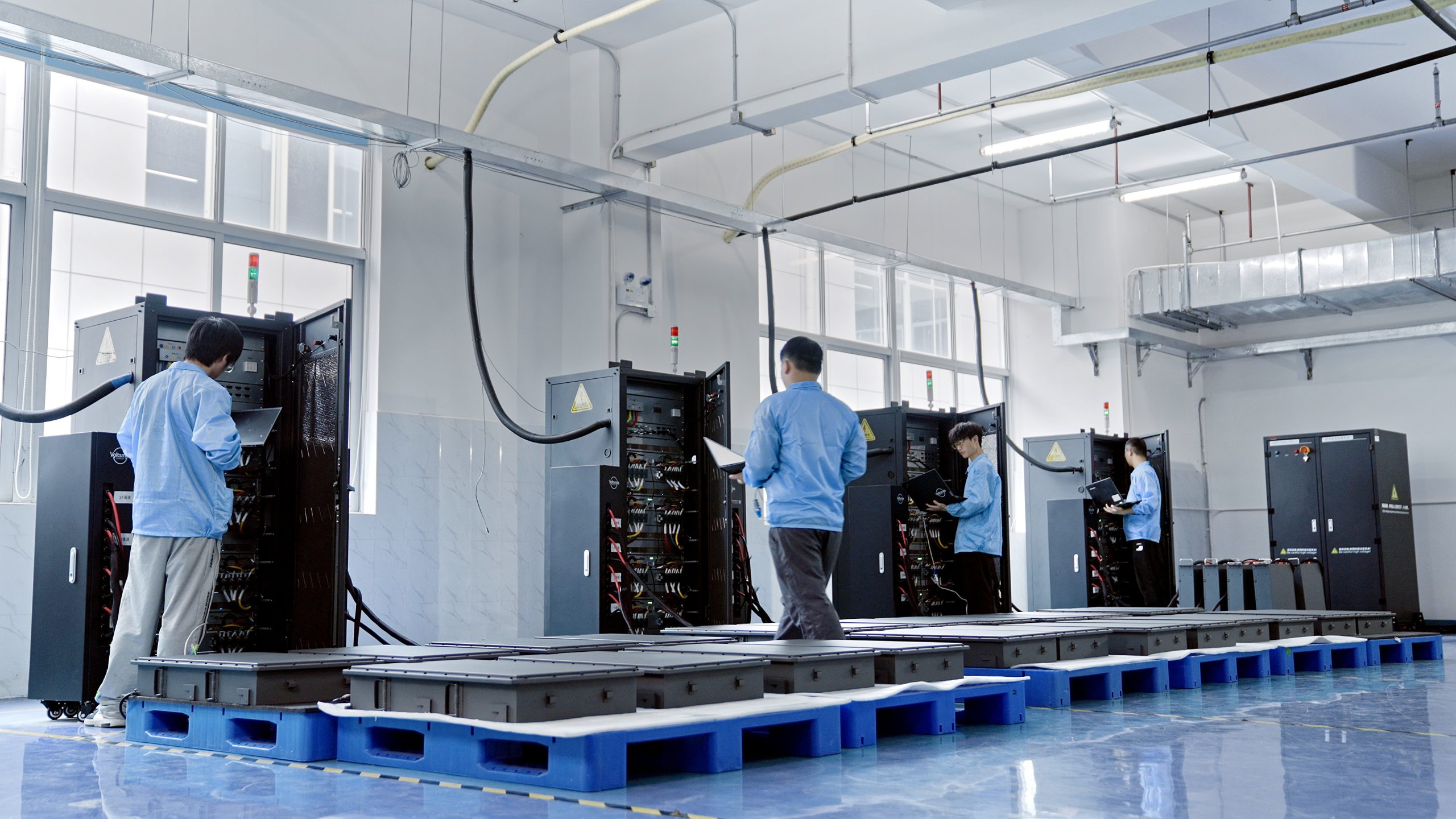Le guide ultime pour choisir le meilleur système de stockage d'énergie domestique en 2025
Introduction
As energy costs rise and renewable adoption accelerates, home energy storage systems (ESS) have become a cornerstone of modern energy independence. Whether paired with solar panels or used for backup power, selecting the right ESS requires careful consideration of technology, capacity, and real-world needs. This guide breaks down the key factors to help you make an informed decision when Choosing the Best Home Energy Storage System.
1. Key Selection Criteria
A. Capacity & Power
- Small households (daily load + short backup): 5–10 kWh (e.g., Tesla Powerwall 3).
- Solar integration (self-consumption): 10–20 kWh (e.g., Huawei Luna 2000).
- Emergency backup (prolonged outages): 20+ kWh (expandable systems like EcoFlow Delta Pro).
B. Battery Technology
- LFP (LiFePO4): Dominates 2025 market with 6,000+ cycles, superior safety (BYD, CATL).
- NMC/NCA: Higher energy density but shorter lifespan; ideal for portable units.
- Sodium-ion: Emerging low-cost alternative (~30% cheaper than LFP), suited for budget-conscious users.
C. Efficiency & Compatibility
- Round-trip efficiency: ≥95% (Huawei Luna 2000 reaches 98.5%).
- Grid/solar compatibility: Ensure seamless integration with existing inverters (e.g., Tesla requires Powerwall-certified installers).
2. Top 2025 Products by Use Case
| Scenario | Recommended Product | Highlights |
|---|---|---|
| Peak shaving + solar | Tesla Powerwall 3 | 13.5 kWh, AI-driven load optimization |
| Off-grid resilience | Huawei Luna 2000-10H1 | 10 kWh, 98.5% efficiency, modular |
| Portable + emergency | EcoFlow Delta Pro + Solar | 3.6–25 kWh expandable, 3600W output |
| Budget-friendly | BYD Battery-Box HV | 10 kWh LFP, 10-year warranty |
3. Avoiding Common Pitfalls
- Capacity vs. usable energy: Some systems reserve 10–15% for safety (e.g., Powerwall’s 12 kWh usable).
- Hidden costs: Installation fees (10–20% of hardware) and maintenance (e.g., cooling for high-power units).
- Policy incentives: Check 2025 subsidies (e.g., U.S. ITC extension, EU’s Solar+Storage grants).
4. Future-Proofing Your Investment
- V2H (Vehicle-to-Home): EVs like BYD’s Blade Battery models can power homes during outages.
- AI energy management: Tesla’s Autobidder optimizes storage based on weather and tariffs.
- Sodium-ion adoption: Pilot projects show promise for residential use by 2026.
Conclusion
In 2025, LFP-based systems from trusted brands (Tesla, Huawei, BYD) offer the best balance of safety, longevity, and ROI. For solar-heavy households, prioritize high-efficiency models; for emergencies, focus on scalability. Always consult certified installers and leverage local incentives to maximize savings.

